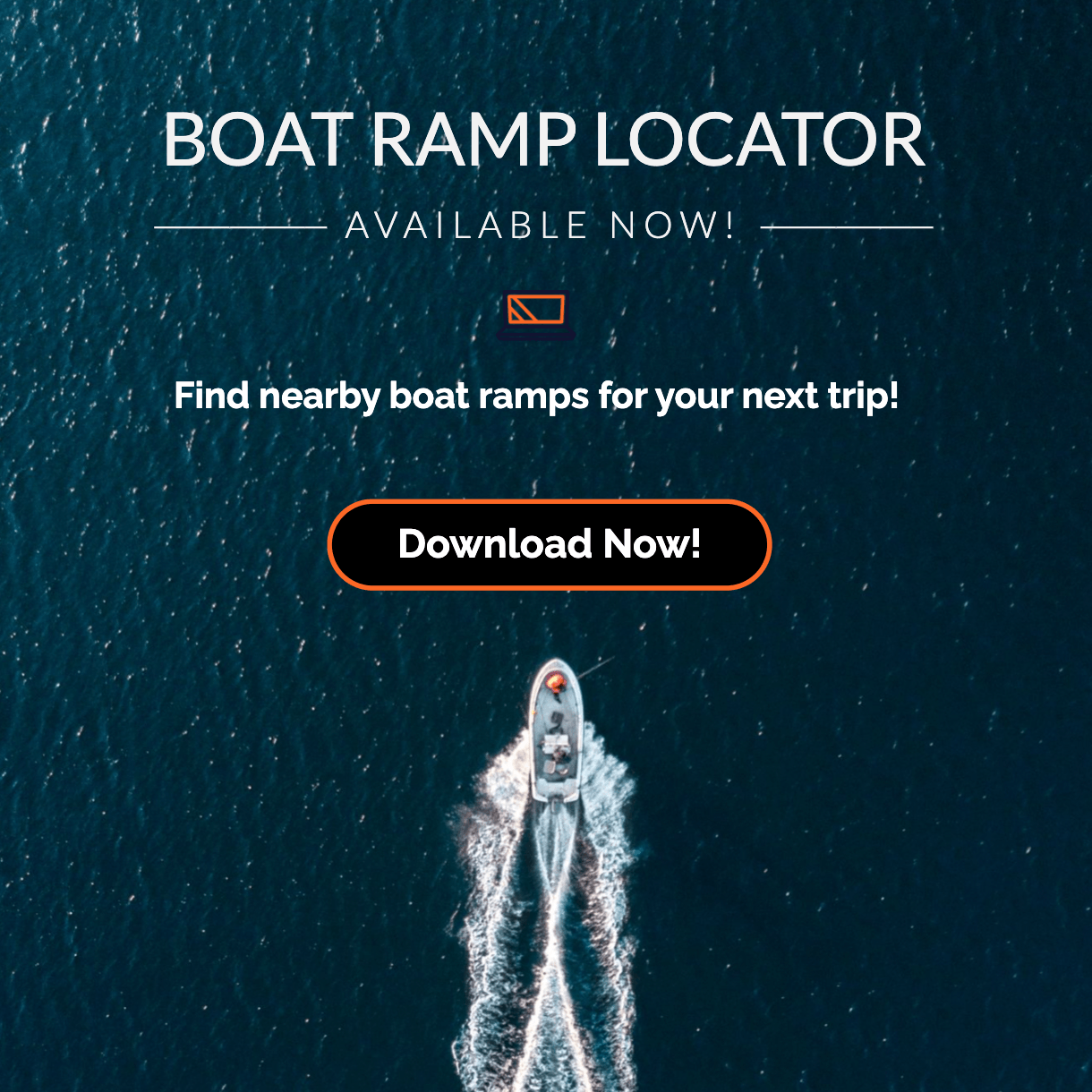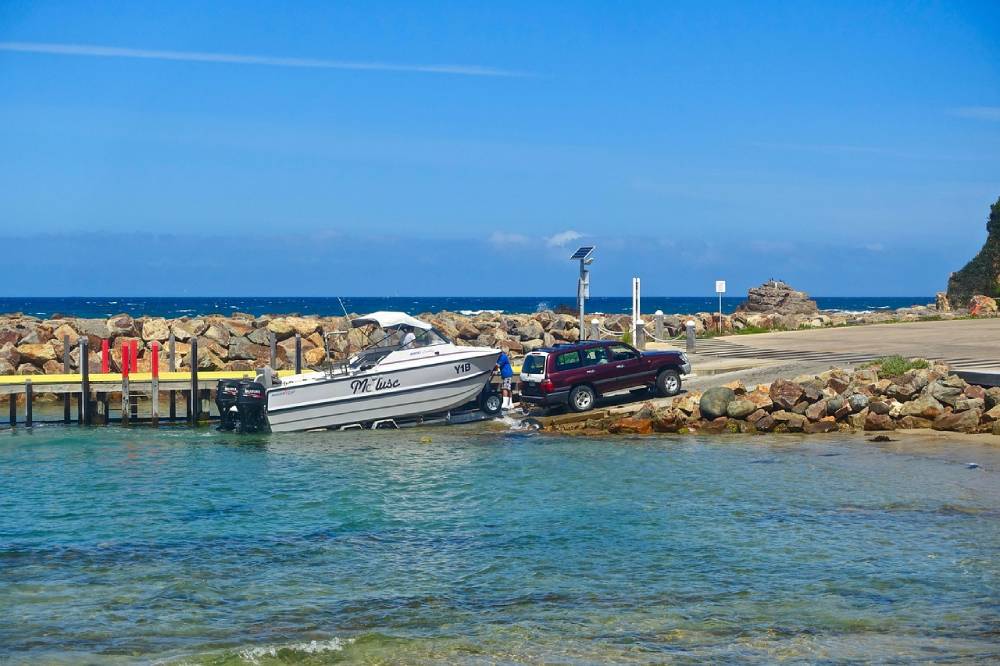
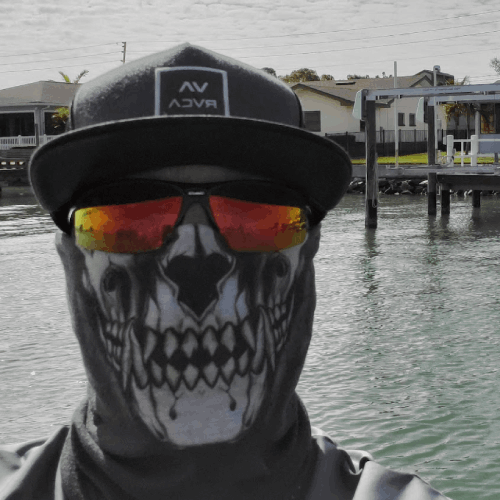
By Craig Wheeler
Fri Jun 27 2025
How to Launch a Boat Safely (Step-by-Step Guide for Beginners)
Learning how to launch a boat for the first time can be both exciting and nerve wracking. From coordinating with other boaters at the ramp to making sure you don’t forget a vital piece of safety equipment, the process can feel overwhelming. Whether you are new to boating or just want a quick refresher, this step-by-step guide will help you learn how to launch your boat smoothly, avoid common mistakes, and ensure a safe outing.
If you’re wondering what is a critical step to take before launching your boat, you’ll find the answer clearly laid out in the early sections below. Spoiler: it has everything to do with preparation.
Let’s dive in.
Why Preparation is Key to a Safe Boat Launch
The most important factor in launching a boat safely is preparation. This starts before you even arrive at the ramp. Planning ahead reduces the risk of accidents, delays, and embarrassment in front of other boaters.
Proper preparation includes everything from checking your equipment to understanding ramp etiquette. Rushing or skipping steps increases your chance of costly mistakes. Always assume that the launch ramp will be busy, and aim to be efficient, respectful, and ready.
So what is a critical step to take before launching your boat? Completing a pre-launch checklist is essential. This one step can prevent most common launch issues.
Step 1: Prepare Your Boat Before You Reach the Ramp
Never start prepping your boat at the ramp itself. This is one of the most frustrating mistakes new boaters make. The ramp is not the place to begin loading gear or fiddling with your engine. Pull into a staging area or empty parking spot before you get in line to launch.
What to do in the staging area:
- Install the drain plug: This is non-negotiable. Forgetting the drain plug can sink your boat within minutes.
- Remove tie-down straps: Leave the winch strap attached for now, but take off any transom straps used to secure the boat to the trailer.
- Load your gear: Coolers, life jackets, electronics, and any other gear should be onboard before you reach the ramp.
- Check safety equipment: Life vests, fire extinguishers, throwable flotation devices, and a whistle or horn should be on board and accessible.
- Inspect the engine: Make sure the outboard motor is in the raised position and is ready to be trimmed down once the boat is in the water.
This is also a good time to inspect your trailer, check tire pressure, and ensure the boat’s registration is current.
Step 2: Understand Ramp Etiquette and Communication
One of the fastest ways to draw scowls at the boat ramp is to be disorganized or unaware of others waiting to launch. Boat ramps can be chaotic during peak hours, so it is important to know how to act.
Key etiquette rules:
- Be quick and efficient: Have everything ready before pulling onto the ramp.
- Take turns: Respect the launch order. Do not cut ahead unless directed by a dockhand or marina staff.
- Use signals or talk to your helper: If you have someone assisting you, agree on hand signals or use a walkie-talkie. This makes the backing process much easier.
Being courteous goes a long way. Launching a boat doesn’t need to be stressful if everyone follows the unspoken rules.
Step 3: Back the Trailer Down the Ramp Slowly
Backing a trailer into the water is where many beginners get nervous. It can be tricky at first, but a little practice makes it manageable.
Tips for backing up:
- Use your mirrors: Turn your side mirrors to get a better view of the trailer’s position.
- Go slow: The slower you go, the easier it is to make corrections.
- Keep your hand at the bottom of the wheel: If you’re new to trailering, this trick helps. Moving your hand left turns the trailer left and vice versa.
Back up until the boat is deep enough to float or nearly float. Depending on your trailer and boat size, this usually means the rear tires of your tow vehicle are just touching the waterline.
Do not submerge your vehicle’s exhaust or rear axle.
Step 4: Unhook and Launch the Boat
Once the trailer is in position, it is time to launch the boat. This part should be quick if you did your prep earlier.
Steps to follow:
- Set the parking brake: Always engage the parking brake before getting out.
- Disconnect the winch strap: Now that the boat is in the water, release the winch line.
- Guide the boat off the trailer: Either use a bow line to walk the boat off the trailer or have someone drive it off if the motor is running.
If launching solo, make sure the boat is tethered to the dock with a rope to prevent it from floating away.
You’ve now officially launched the boat: congratulations! But your job isn’t over yet. The next steps are just as important for a safe outing.
Step 5: Park Your Vehicle Quickly and Courteously
After the boat is launched, drive your vehicle and trailer out of the way as soon as possible. Do not leave it parked on the ramp.
Best practices for parking:
- Know where to go ahead of time: Most ramps have designated trailer parking. Don’t guess; check the signs.
- Park straight: Leave enough room for others to park next to you without blocking access.
- Secure your trailer: Engage the emergency brake and use wheel chocks if necessary.
Being efficient at this step helps keep traffic flowing and shows respect for other boaters.
Step 6: Perform a Quick Systems Check on the Water
Before cruising away from the dock, take a few minutes to make sure everything is functioning properly.
Check the following:
- Engine: Is it idling smoothly? Is the cooling water flowing out?
- Steering: Turn the wheel both directions to test responsiveness.
- Bilge pump: Flip it on to make sure it works.
- Navigation lights: If you plan to be out after dark, test all lights before you go.
This early check gives you time to fix issues before you’re out in open water where help may not be nearby.
Step 7: Know the Waterway Rules and Local Regulations
Once you are out on the water, it is important to understand the local boating rules. These may vary depending on your state or country, but they all aim to keep boaters safe and responsible.
Key rules to follow:
- Observe speed limits: Many lakes and rivers have no-wake zones near docks, marinas, and swimming areas.
- Yield right of way: Learn which vessels have the right of way in crossing, overtaking, or head-on situations.
- Avoid alcohol: Boating under the influence is not only dangerous but illegal in most jurisdictions.
- Have your boating license if required: Many states require a boater education card or license for operation.
Always research your local waterway before setting out. It is one more way to stay safe and avoid unnecessary fines or conflict.
Step 8: Practice Anchoring and Docking Skills
Launching your boat is only half the challenge. You also need to be able to dock and anchor confidently. These skills are especially important in case of engine failure or rough weather.
Docking tips:
- Approach slowly: Use gentle throttle inputs and correct with your steering early.
- Use a boat hook: This helps bring the boat closer to the dock without jumping or leaning overboard.
- Always secure with fenders: Fenders protect your hull from bumping into the dock.
Anchoring tips:
- Choose a calm area: Avoid anchoring near strong currents or traffic zones.
- Let out enough rode: A common ratio is 7:1 (seven feet of line for every foot of depth).
- Set the anchor properly: Slowly reverse the boat to help the anchor dig in before cutting the engine.
Mastering these skills will make every outing smoother and less stressful, especially when winds pick up or docks are crowded.
Step 9: Use a Boat Checklist Before Every Trip
One of the smartest habits a boater can adopt is using a pre-departure checklist. This ensures you never forget something important: and helps you answer confidently when someone asks, what is a critical step to take before launching your boat?
What to include in your checklist:
- Drain plug installed
- Life jackets on board
- First aid kit and emergency gear
- Registration and boating license
- Navigation tools or GPS
- Fire extinguisher charged and accessible
- Fuel level and engine oil checked
- Anchor and rope ready
- Dock lines and fenders loaded
- Cooler, food, and water packed
A checklist takes only a few minutes to go through, but it can prevent hours of frustration or even a dangerous emergency on the water.
Step 10: Learn How to Retrieve the Boat at the Ramp
Retrieving your boat at the end of the day is essentially the reverse of launching, but tiredness or a crowded ramp can make this process feel more stressful. Stay calm and follow the steps.
Boat retrieval steps:
- Send a helper to get the vehicle: If you have someone with you, they should retrieve the truck and trailer while you idle near the dock.
- Approach the trailer slowly: Align the bow with the trailer and let the current help guide you in.
- Winch the boat up: Once the bow reaches the trailer stop, secure it with the winch strap.
- Pull forward to the staging area: Do not unload gear or drain water at the ramp. Move to the designated area first.
If solo, tie your boat securely to the dock before walking up for your trailer. Have a plan to load efficiently without holding up others.
Step 11: Clean and Inspect Your Boat After Use
Post-launch care is just as important as preparation. After every outing, take time to clean, inspect, and maintain your boat. This extends the life of your equipment and keeps your trailer ramp-ready for next time.
Things to check and do:
- Flush the engine: Especially important after boating in saltwater
- Clean the hull: Remove algae, weeds, and debris
- Drain any standing water: Open the bilge and check compartments
- Inspect the trailer: Look for signs of rust or damage
- Check lights and wiring: Ensure tail lights and trailer connections are working
This routine can prevent small issues from becoming expensive problems. It also keeps your boat in top shape for your next launch.
Step 12: Understand the Importance of Weather Conditions
One often overlooked aspect of launching a boat safely is checking the weather. Knowing the forecast is not just for comfort: it is a matter of safety.
Before heading out:
- Check local marine forecasts: Use trusted sources like NOAA or local coast guard reports.
- Look for wind speed and direction: Strong winds can make docking or launching dangerous.
- Be aware of storm warnings: Lightning, rough surf, and sudden squalls are hazardous.
- Know the tides and currents: These can affect your launch, navigation, and docking conditions.
Even if conditions seem calm in the morning, afternoon storms can roll in quickly. Planning around weather helps you make better decisions and avoid unnecessary risk.
Step 13: Practice Launching in Low Traffic Conditions
If you are a beginner, the best way to get comfortable with the launch process is to practice during off-peak hours.
Why this helps:
- Less pressure: You won’t feel rushed or judged by experienced boaters.
- More room to maneuver: Fewer vehicles and boats mean you can take your time.
- A chance to build confidence: Repetition in a low-stress environment helps build muscle memory.
Try practicing early in the morning on a weekday. With fewer people around, you can repeat the process several times without worrying about holding up others.
Step 14: Involve Your Passengers in the Process
Boating is more enjoyable when everyone knows their role. Teach your passengers how to help with launching and retrieval: especially if you plan to go out often.
Ways passengers can help:
- Handle lines or fenders
- Guide the trailer when backing up
- Assist with loading gear
- Spot obstacles in the water or on the ramp
- Hold the boat steady at the dock
Even kids can get involved by helping organize gear or checking items off a checklist. The more your crew knows, the smoother your launches will be.
Step 15: Stay Calm and Patient, Even When Things Go Wrong
Every boater experiences mishaps from time to time. The key to handling them is to stay calm, patient, and focused. Frustration leads to poor decisions: especially in front of a crowd.
Common issues and solutions:
- Trailer won’t back up straight? Take a break and readjust. Ask someone to guide you.
- Boat won’t start? Double check the kill switch, fuel valve, or battery connection.
- Forgot something? If it is essential, pull out of line and reset.
Even experienced boaters make mistakes. Owning them, correcting them calmly, and learning from them is all part of becoming a skilled captain.
Launching a boat safely isn’t just about getting your boat into the water, it’s about doing it with care, respect, and attention to detail. Whether you are new to boating or looking to sharpen your skills, following a structured process will make every launch smoother and safer.
And now you know the answer to what is a critical step to take before launching your boat? It is preparing thoroughly before you ever reach the ramp. From the drain plug to the checklist, preparation is what separates a frustrating experience from an enjoyable one.
Happy boating, and always remember: safety first, every time.
FAQs
1. What is a critical step to take before launching your boat?
The most critical step is completing a pre-launch checklist in the staging area. This includes installing the drain plug, loading gear, removing tie-downs, and checking all safety equipment.
2. Can I launch a boat by myself, or do I need help?
You can launch a boat solo if you are organized and use lines to secure the boat during the process. However, having a helper makes things much easier, especially for beginners.
3. What should I avoid doing at a busy boat ramp?
Avoid blocking the ramp while preparing your boat, taking too long to launch or retrieve, or cutting in line. Always use the staging area and practice good ramp etiquette.
4. How deep should I back the trailer into the water?
You should back in until the boat starts to float but not so far that your vehicle’s exhaust or axle goes underwater. The correct depth varies by trailer design.
5. What safety gear is required on my boat?
At a minimum, your boat should have enough life jackets for all passengers, a fire extinguisher, a throwable flotation device, navigation lights, and a sound-producing device like a whistle or horn.
Looking for boat ramps near you? Use our free app to find launch locations with facility info and directions. Save your favorite boat ramps for quick access anytime. Download Boat Ramp Locator on Google Play.
Related Articles
-
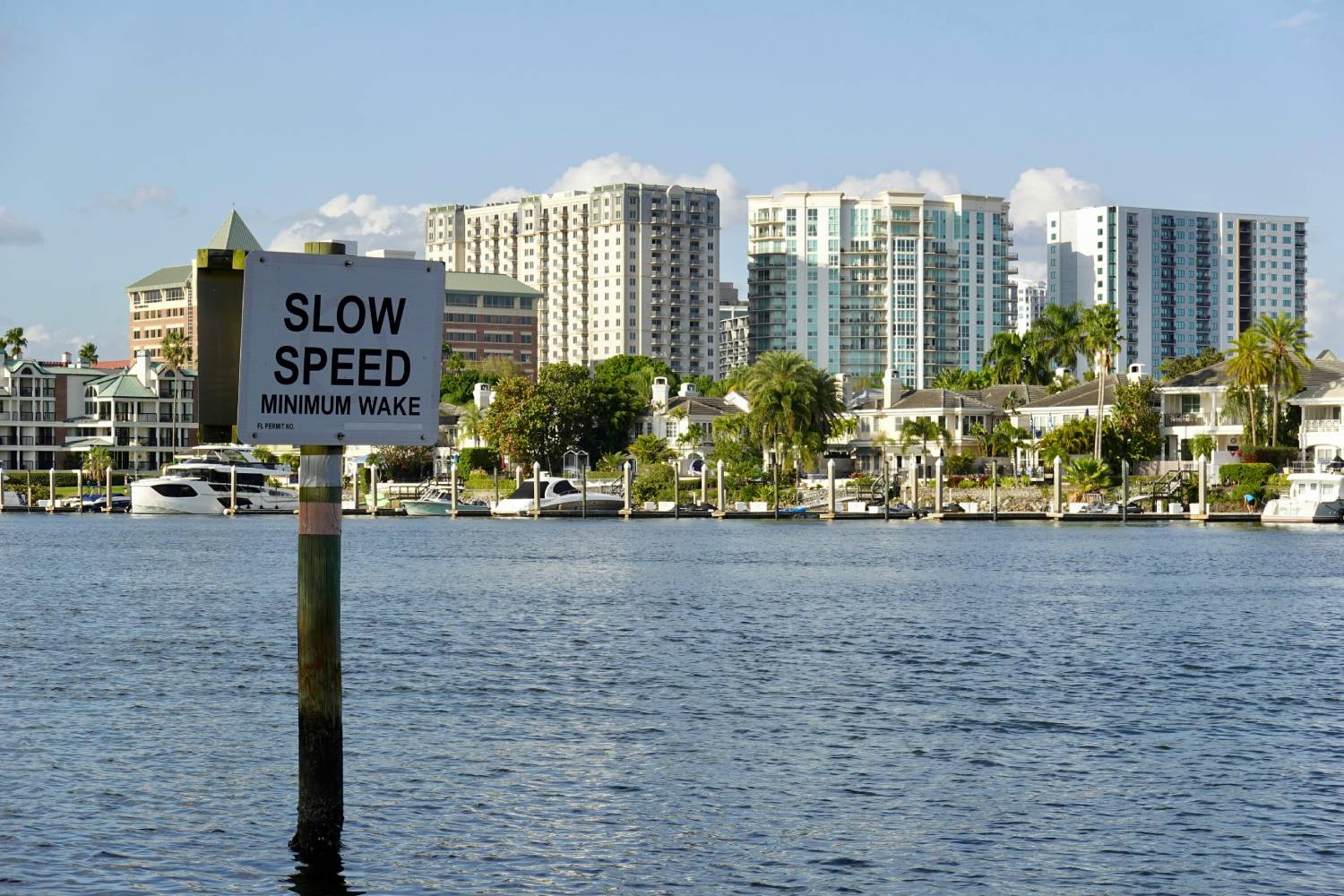 Sat Jul 19 2025
Sat Jul 19 2025Guide to Boat Ramps in Tampa Bay
Tampa Bay has no shortage of accessible boat ramps, and many of them are open around the clock.
-
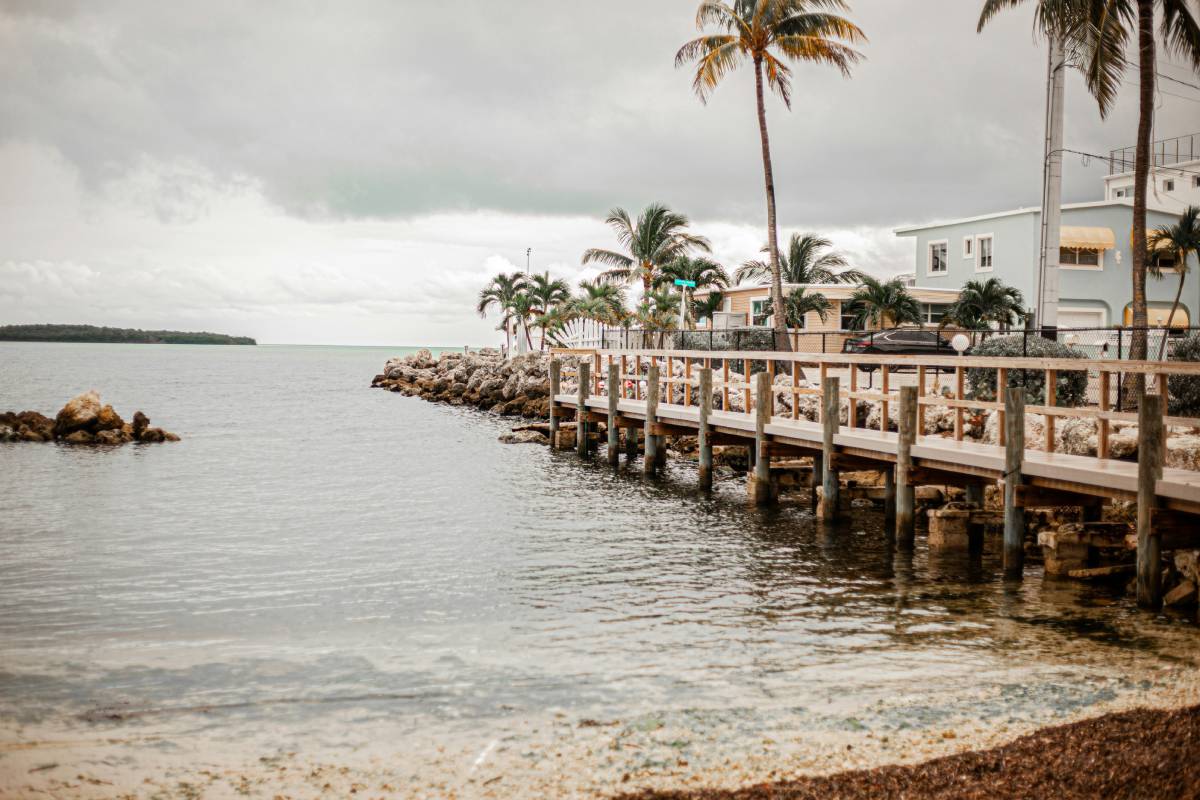 Sat Jul 12 2025
Sat Jul 12 2025Top 10 Hotels With Boat Docks in the Florida Keys
Finding a hotel that also offers boat docking can turn a good trip into an unforgettable seafaring a
-
 Wed Jul 09 2025
Wed Jul 09 2025How to choose the best boat ramp on the Suwannee River for your boat size.
The Suwannee River is a legendary waterway in North Florida, winding through cypress forests, limest
